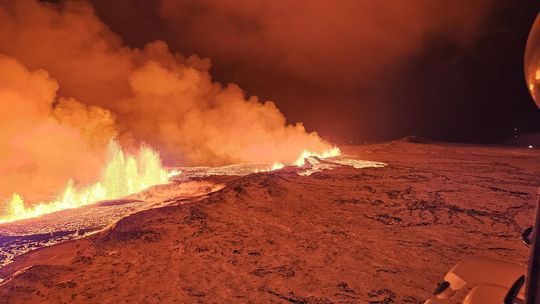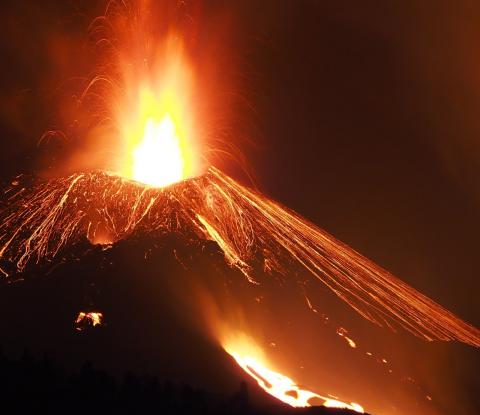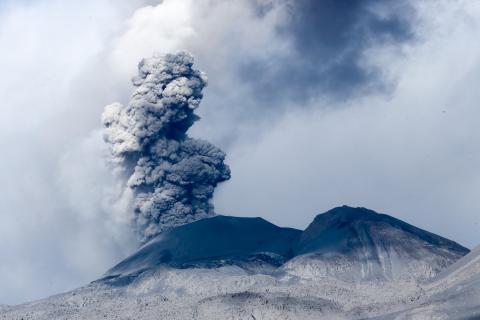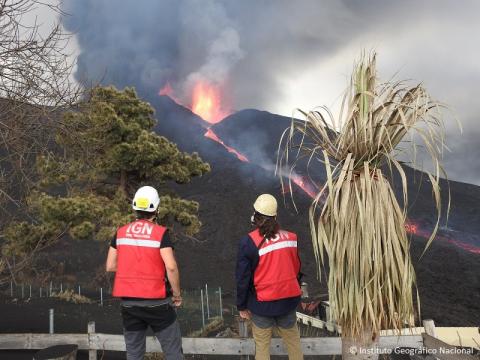Reaction to the volcanic eruption in south-west Iceland
A volcano located about four kilometres from the town of Grindavík in southwest Iceland erupted last night. The eruption follows very intense seismicity in the area last November. The Icelandic Meteorological Office (MET) reports that the eruptive fissure is about four kilometres long.

Itahiza - volcán Islandia EN
Itahiza Domínguez Cerdeña
Seismologist at the National Geographic Institute (IGN) at the Geophysical center of the Canary Islands
The latest eruption in Iceland is a basaltic fissural eruption typical of the area. It is an effusive, non-explosive eruption, although at the beginning it has generated powerful lava fountains tens of metres high. The fissure is larger than previous eruptions in the area, reaching 4 kilometres in length. It is also much closer to a populated area (Grindavik, already evacuated). The eruption is producing large lava flows that will be governed by the topography of the area.
The pre-eruptive process has been somewhat peculiar and triggered alarms on 11 November with very rapid deformation and intense seismicity. At that time it was thought that the eruption could occur within hours, but it did not. The 15 km long dyke-shaped magma intrusion occurred further south than where the eruptions of the last few years occurred. At that time there was a subsidence of more than a metre in the area, typical of dyke intrusions, which has been recovering almost completely over the last month with decreasing seismicity. Yesterday, just an hour before the eruption, a seismic swarm occurred and the eruption suddenly began.
Since 2021 we have seen several eruptions on the Reykjanes peninsula, all in a specific area in the middle of the Reykjanes peninsula with little or no impact on the population. Each was a single-gene eruption. In this case, the eruption has occurred further south and could affect the geothermal power plant and the town of Grindavik. This whole area is susceptible to eruptions as evidenced by the existence of numerous volcanoes.
The greatest dangers of this eruption could be the lava flows that could affect infrastructure, buildings and houses, as well as the emission of SO2 which, depending on the winds, could affect other inhabited areas, although it is still too early to say and will depend on the evolution of the eruption and its duration, something that is impossible to predict right now. In principle, this eruption could lead to airspace closures only in the area of the peninsula. It is not an eruption that will generate large amounts of ash like the Eyjafjallajökull eruption in 2010, as the eruption was under a glacier and the water helped to increase the explosiveness of the eruption.



